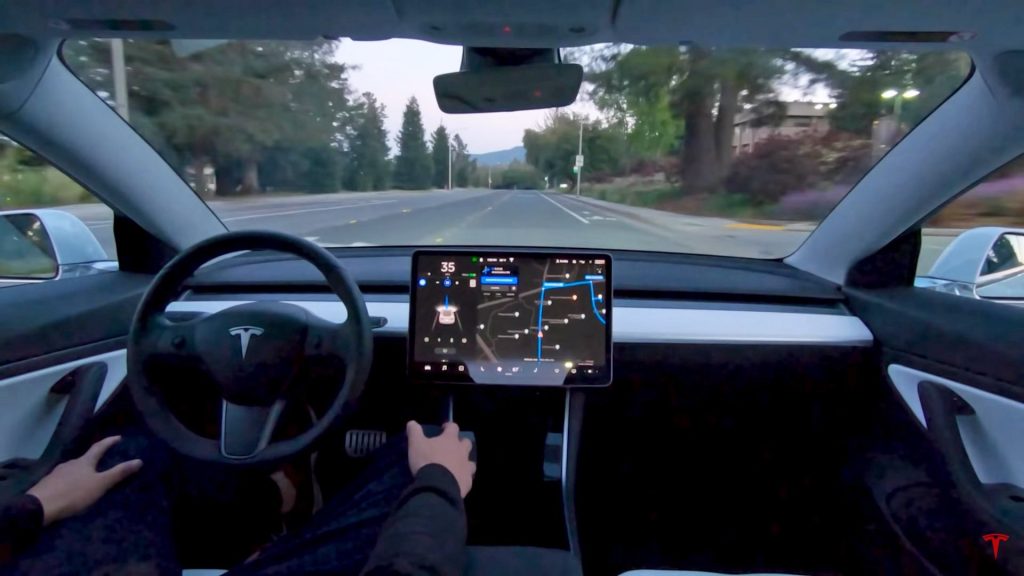The autopilot feature in Tesla cars is probably one of the few modern technologies that is going to revolutionize not only the automobile industry but the world. This marvelous feet of artificial intelligence in all modern Tesla cars have left many wondering how it is possible. Most skeptics even avoid using this feature as they doubt its safety.
What enables it detect hazards ahead? How does it process this data to make decisions in real time? It is better at driving that human beings?
Tesla cars use 8 external cameras, a radar, 12 ultrasonic sensors and a powerful onboard computer but cars built between September 2014 and October 2016 include one camera and less powerful radar and ultra sonic sensors.
How it actually works
Tesla merges inputs from its array of smart sensory devices which makes the cars onboard powerful computer system capable of identifying and tracking other cars on the road in real time. Not only that, it is also able to differentiate between an impressive range of other potential hazards; Everything from stop signs, trash cans, and lines and even potholes.
Visual input is fed into the computer system via its 8 onboard cameras.
3 of these are mounted on the windscreen with each being slightly different from the other and suitable for different ranges. The main front facing camera is calibrated for visual recognition for up to 150 meters. There’s also a wide angle camera that can see more broadly for up to 60 meters and a narrow field camera which can recognize objects as far as 250 meters.
In Addition there’s 4 more regular cameras, 2 each mounted on the side of the vehicle. 2 are slanted rearward and 2 are angled forward to help and maneuvering into tight spots.
Finally there’s the one mounted at the rear side of the car. It’s has a range of up to 50 meters.
The visual fields of the cameras overlap to provide the necessary redundancy needed to maintain optimum safety.
The radar
Tesla uses a front facing radar to detect objects up to 160 meters away by bouncing radio waves of them. It’s reported that Tesla is planning to integrate a radar twice as powerful as the cure one into newer models to come
Ultra sonic sensors
Tesla has 12 small short (8 meters) range ultra sonic sensors mounted around the car. This provides a 360 degrees ultrasound layer which allows Tesla to detect when a barrier or if any objects gets too close for comfort.
Processor
It is the processing of the data fed into the onboard computer system that makes the autopilot feature actually work. It uses two 260 square milliliter prime samsung silicon that has not less that 6 billion transistors. Each chip can perform 26 trillion operations a second. All this together with a good gps system brings the autopilot feature to life.






